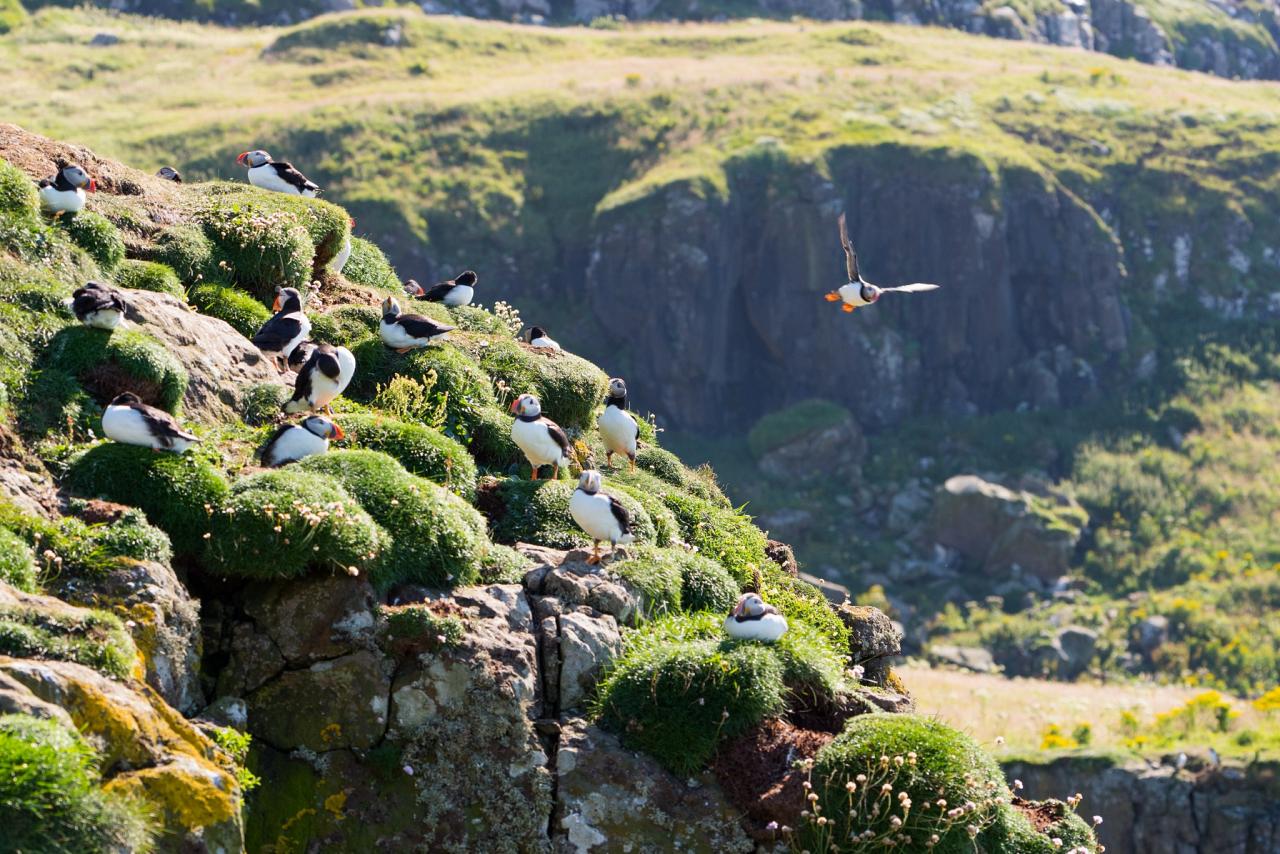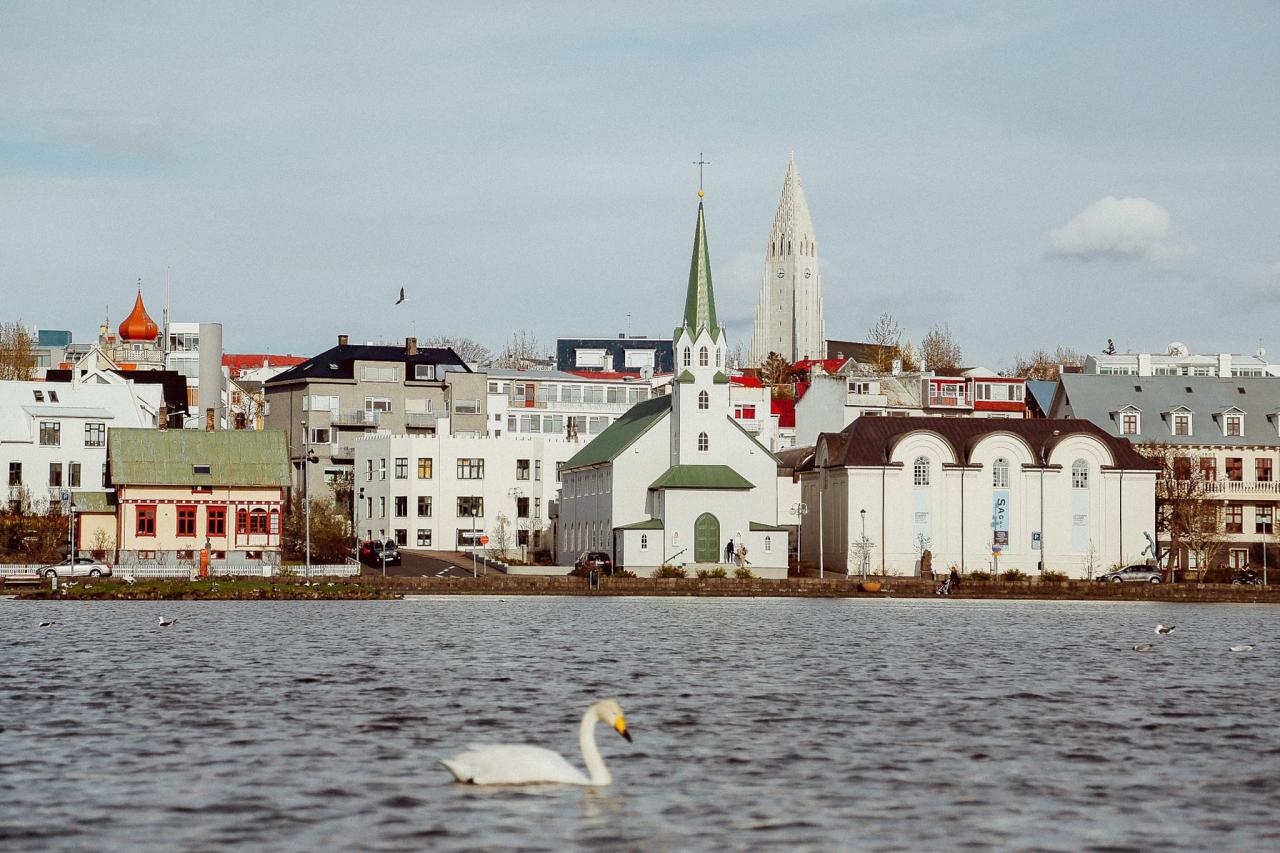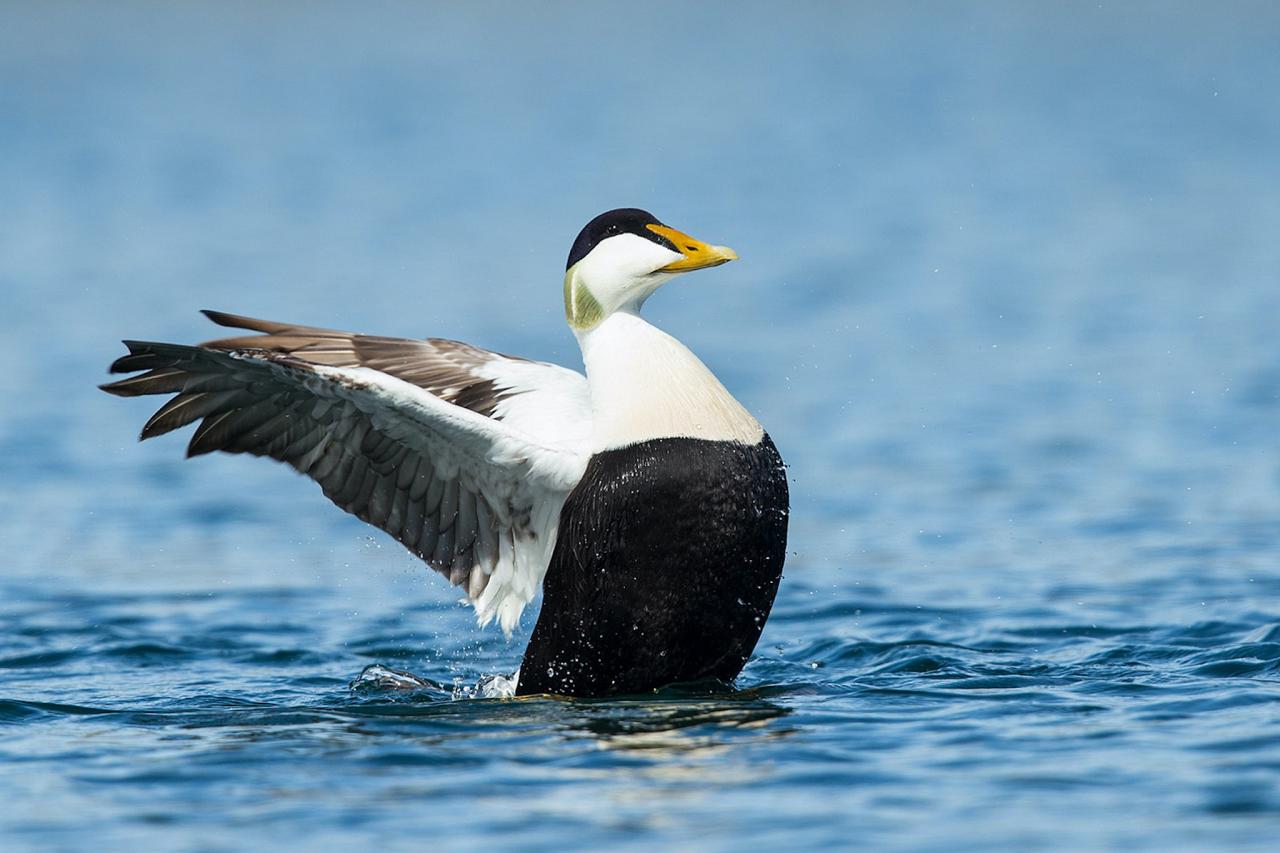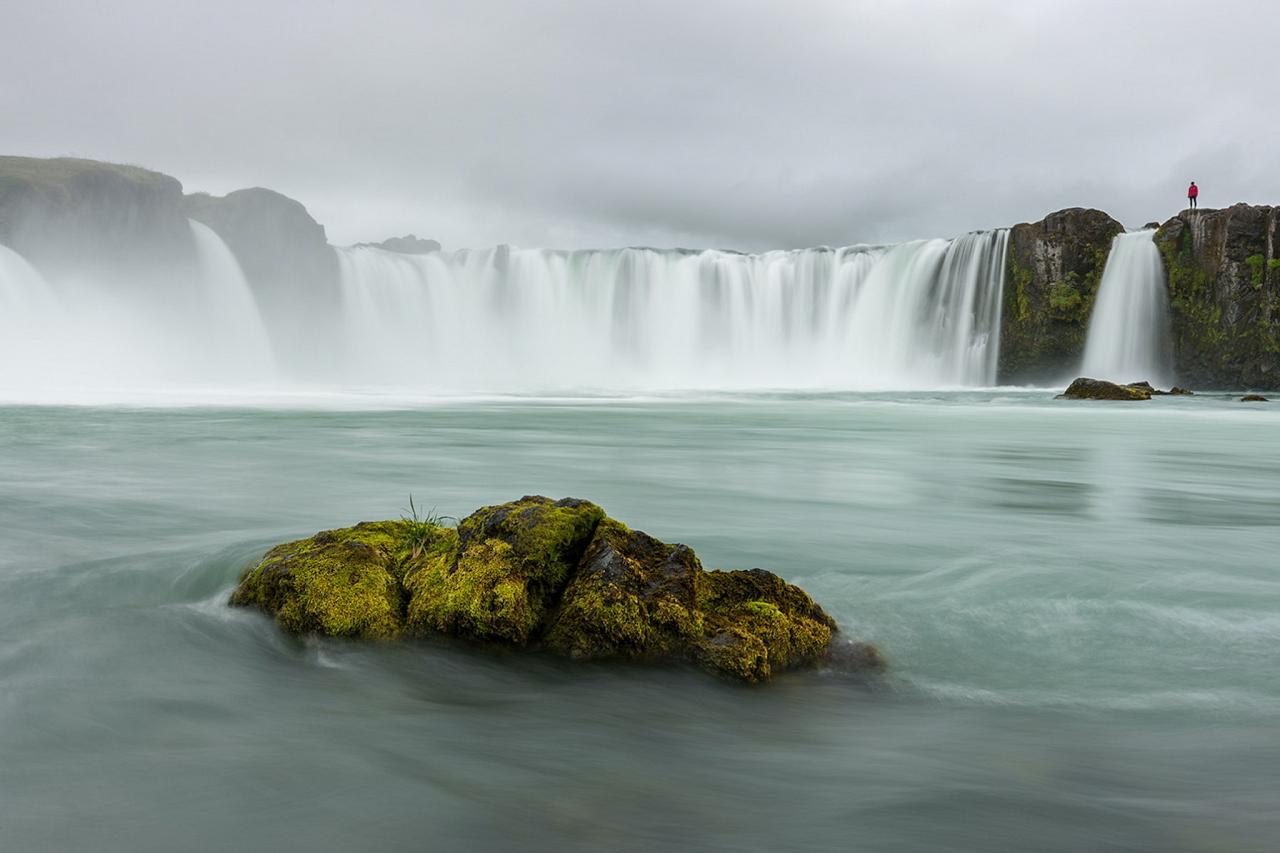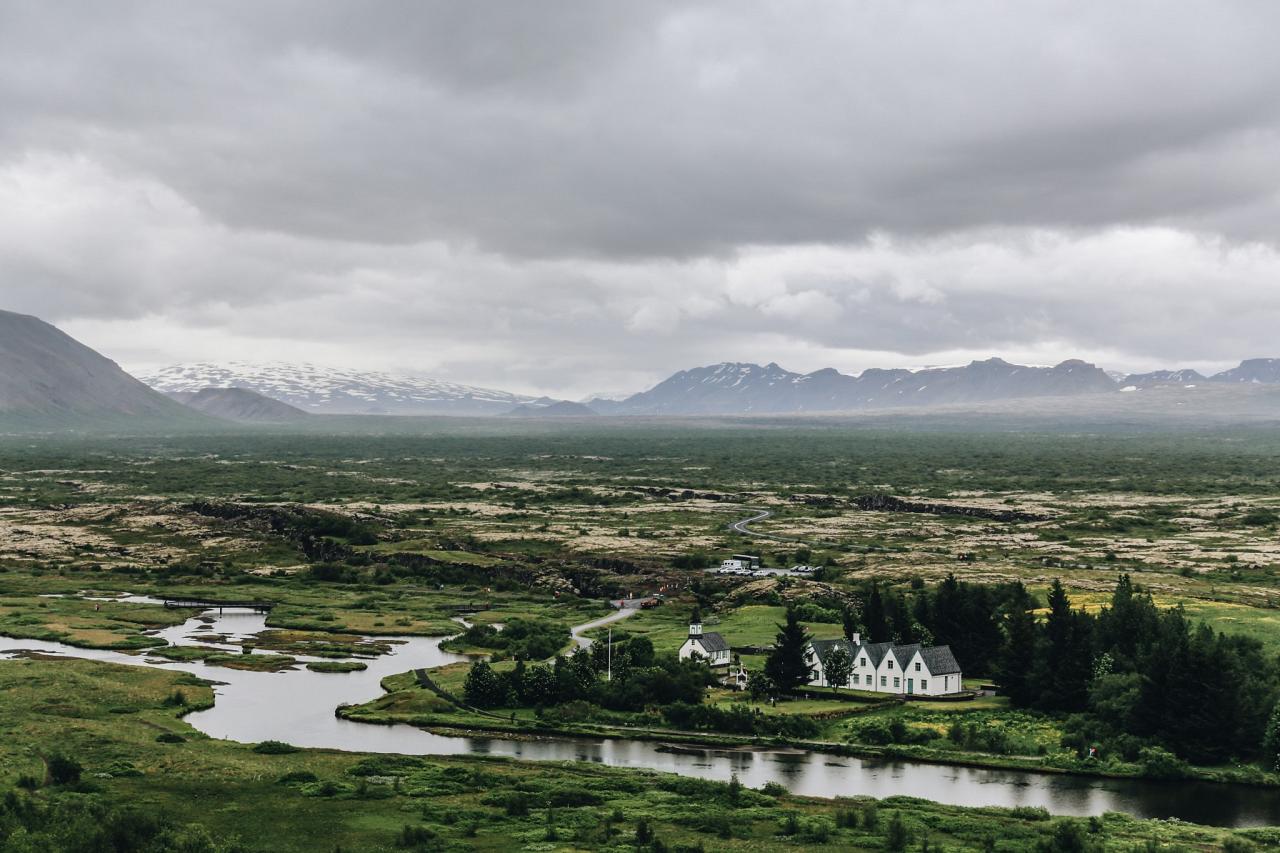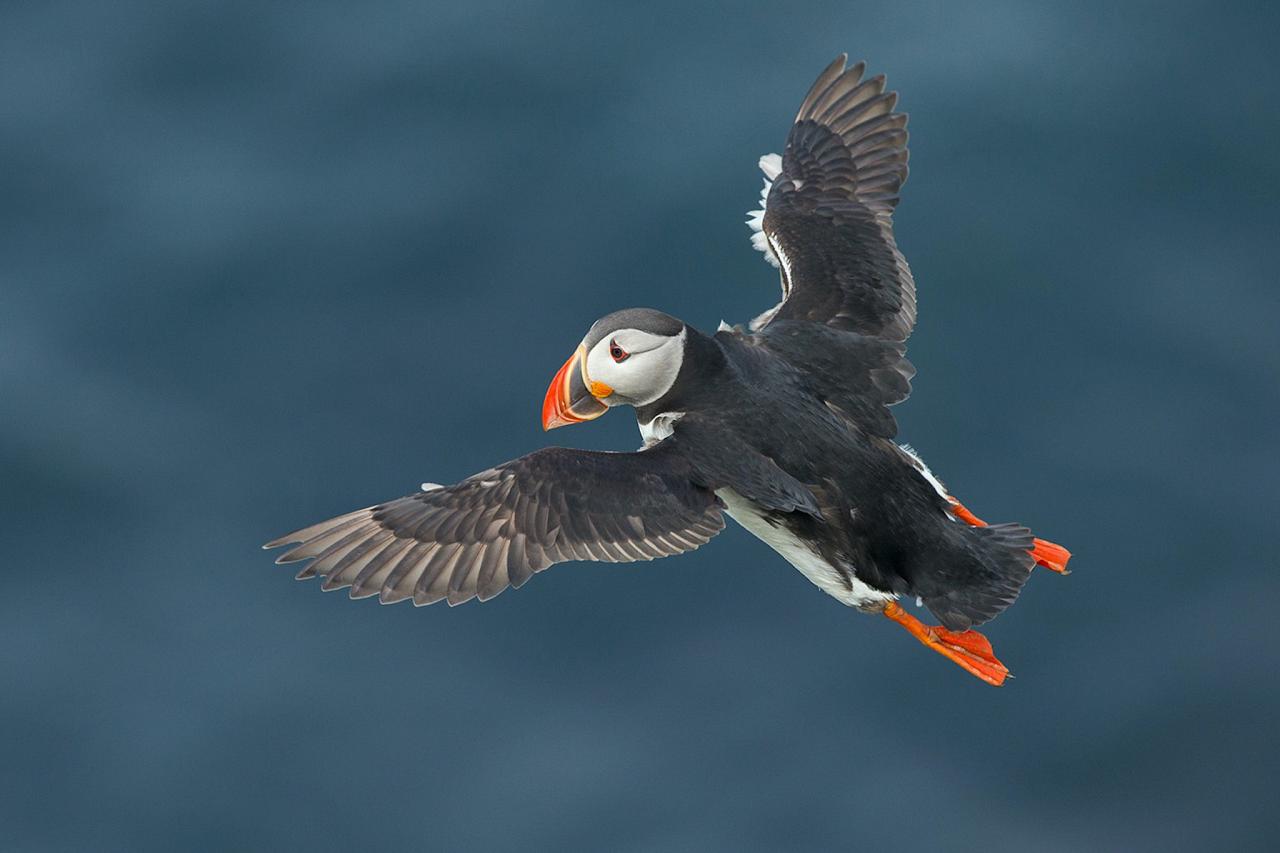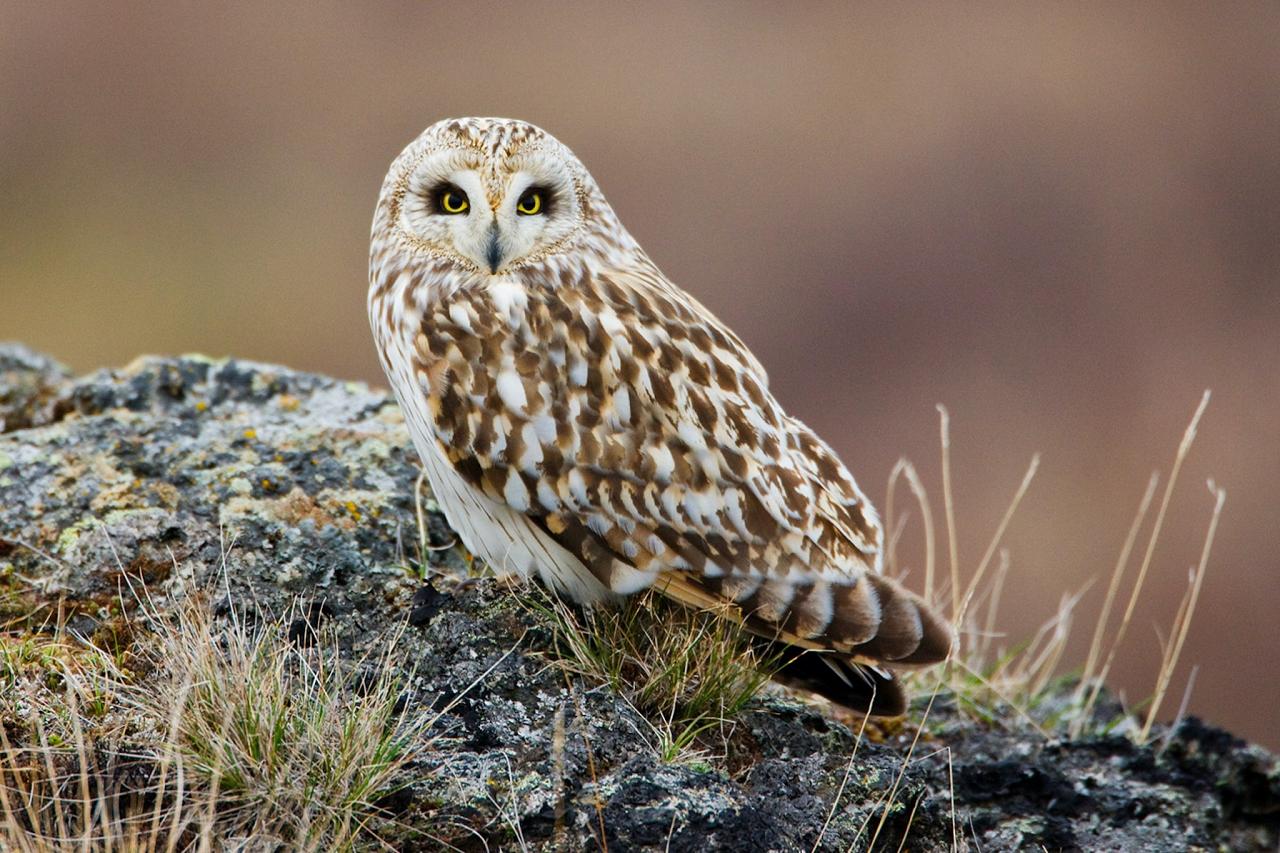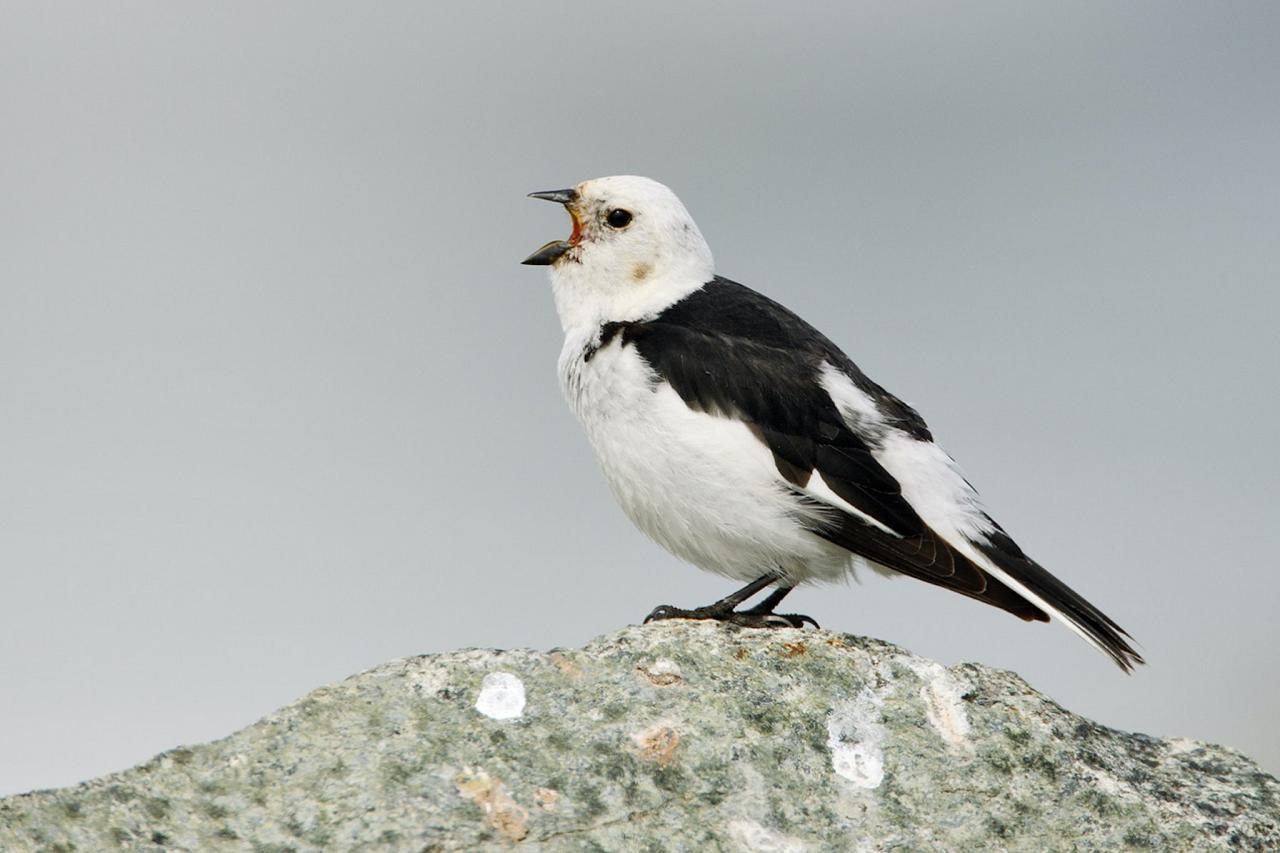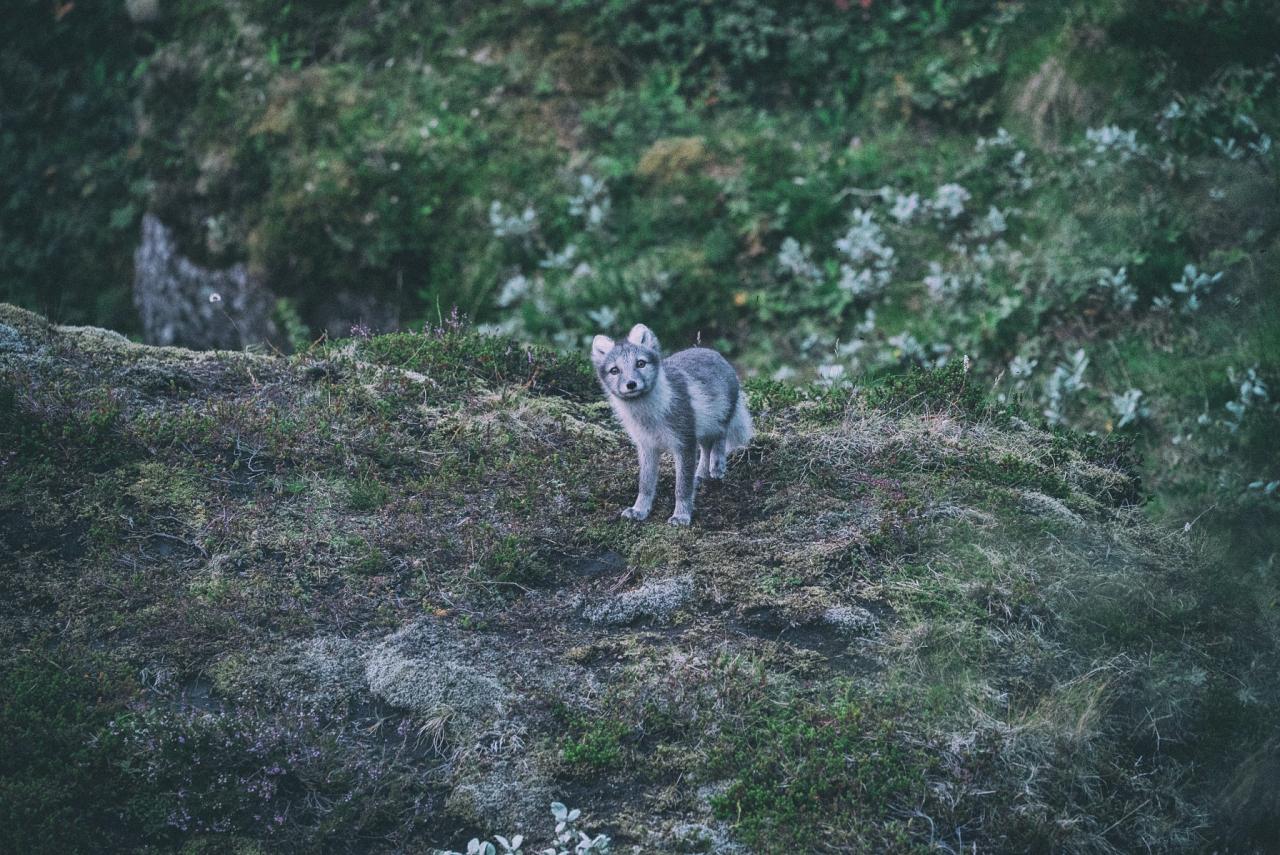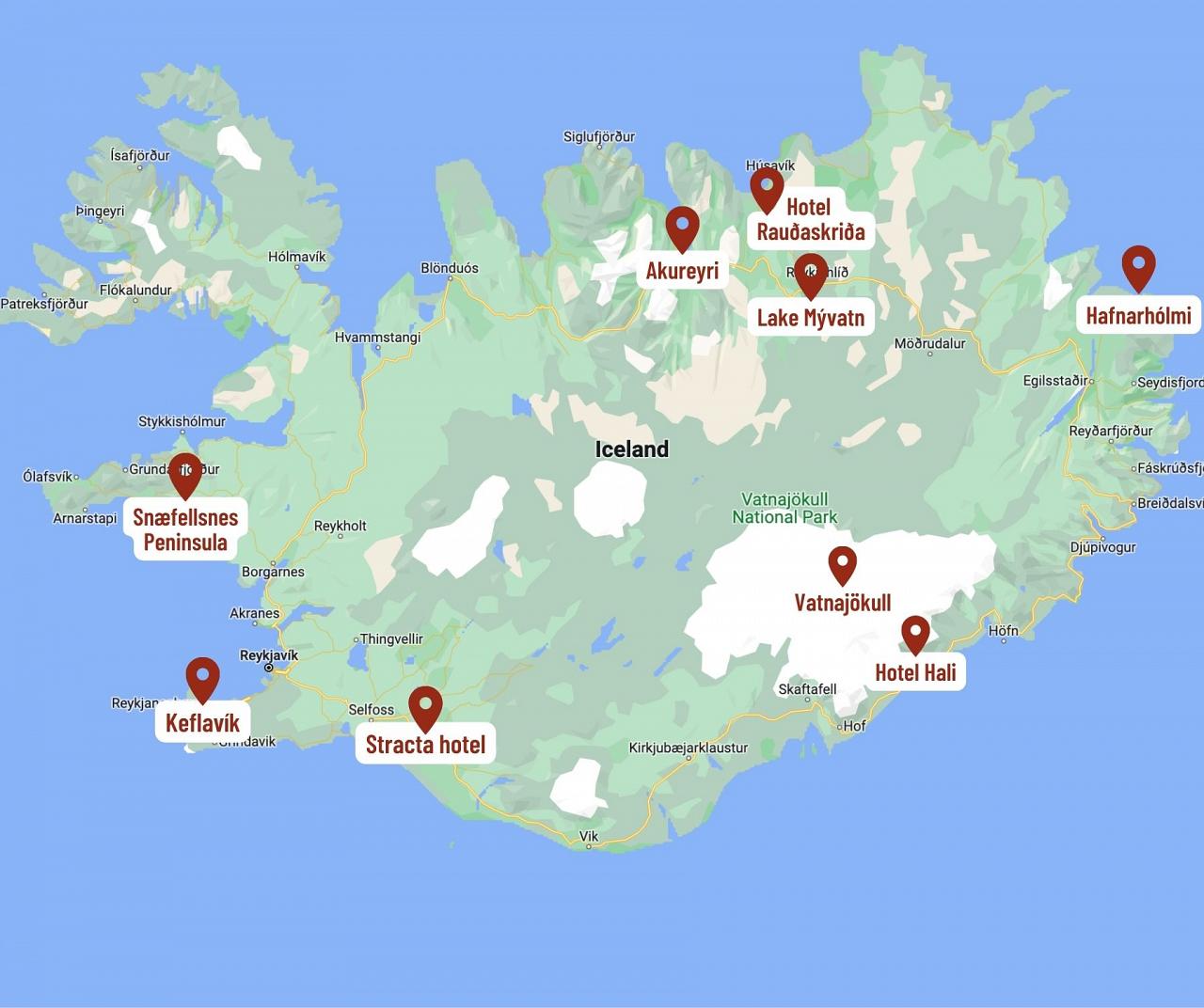- Overview
- Full Itinerary
- Photo Gallery
- Costing
- Travel Details
- Trip Reports
- Guides
- Map
- Know Before You Go
Go north for your next adventure! Our Iceland birding tour is also an incredible chance to experience geysers, grand waterfalls, wildflowers, glaciers, mountains, and seacoasts. Iceland is a natural crossroads for species of Europe and North America, and while typical for an island the species count is not high, the quality of views and mix of species makes for a delightful holiday. We have chosen to circumnavigate the island to include as much of Iceland's diversity in both species and locations but we still have a well-paced journey with three nights in one of the hotels, two nights in two of our hotels, and two single night stays to break up long travel distances. We drive between our locations, savoring Iceland’s iconic landscapes—a mix of wild terrain and picturesque farms, home to grazing sheep and unique Icelandic horses.
Lying in the productive waters of the North Atlantic Ocean, this stunning island country of Iceland has long beckoned to travelers and birdwatchers alike. This is where ancient Nordic history and sagas come to life; it’s easy to immerse yourself in dramatic green vistas, glaciers, waterfalls, lava fields, and dramatic mountain ranges. The birds of Iceland are intriguing, home to northern specialties like Rock Ptarmigan and Snow Bunting and boasting thousands of breeding Atlantic Puffin, Razorbill, Thick-billed Murre, other seabirds, and waterfowl. We watch for powerfully-flying Gyrfalcon that hunt over nesting colonies—Iceland’s national bird.
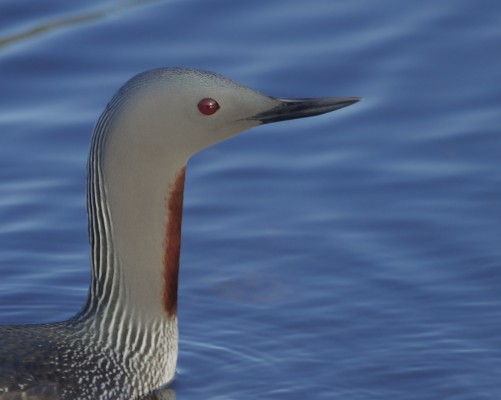
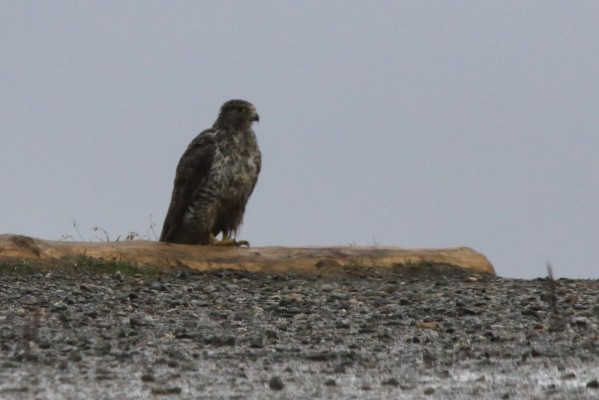
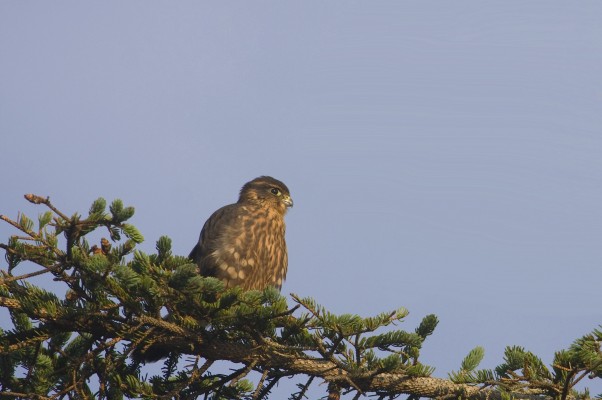
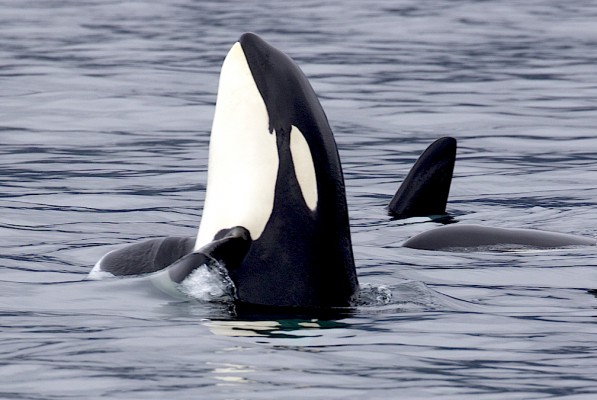
Tour Highlights
- Spend two days exploring the Snæfellsnes Peninsula, taking in dramatic scenery and bountiful nesting colonies
- Bird Lake Myvatn, one of the most important breeding locations for waterfowl in all of Europe
- Visit Hrísey Island and walk the trails, on the lookout for Black-tailed Godwit, Snow Bunting, Meadow Pipit, and Rock Ptarmigan
- Ferry to the Hafnarholmi Island one of the best places in Iceland to observe Atlantic Puffin. Northern Fulmar and Black-legged Kittiwake also breed on the island.
- Bird the otherworldly setting of glaciers and glacier moraine for species such as Whimbrel and Dunlin. Here we may also encounter breeding pairs of Great Skua, Northern Wheatear and Red-throated Diver.
- Macro photographers will delight in exploring the lava fields, home to some of the most stunning vegetation on the island, including 130 species of plants, including many ferns and specialty orchids.

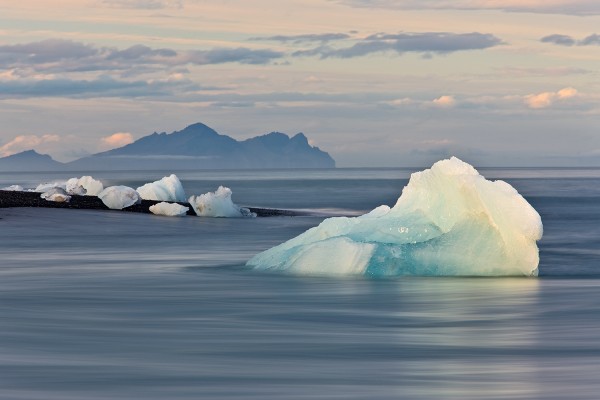
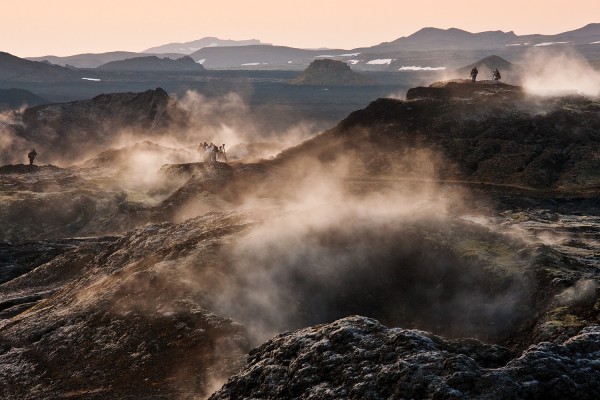
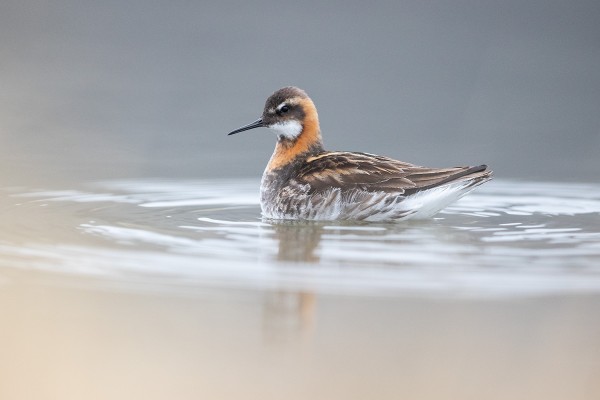
Trip Itinerary
Itineraries are guidelines; variations in itinerary may occur to account for weather, road conditions, closures, etc. and to maximize your experience.
Sat., Jun. 6 Arrivals | Relaxed Day to Explore Reykjavik
Welcome to Iceland! In order to ensure that our travelers make the most of their Icelandic adventure, we invite you to arrive a day before the official tour itinerary begins. This first day offers a golden opportunity to relax, overcome any lingering jet-lag, and perhaps explore the vibrant city of Reykjavik independently. While no meals are officially scheduled, guests are welcome to connect on their own for dinner tonight.
We offer a pickup at the airport at 7:00 AM for those that arrive in time (likely by 6 AM in order to get through customs). We stop by a nearby bakery for breakfast and then head out to do some birding. If you arrive after the pickup time, you can either taxi to the hotel or take the convenient and more economical Flybus airport transfer.
Accommodations at KEA Skuggi Hotel in Reykjavik
Sun., Jun. 7 Snæfellsnes Peninsula
And just like that, this Icelandic adventure is a-go! After breakfast we head out for the day, saying goodbye to Reykjavik en route to the stunning Hvalfjörõur Fjord and Borgarnes, an historic settlement. We, of course, bird along the way, making time to stop for birds and scenery. Have your binoculars and cameras ready. We keep our eyes peeled for Redwing and White Wagtail, and along the coast we look for Lesser and Glaucous Black-backed Gulls and shorebirds.
Iceland’s volcanic topography is impressive; we work our way through immense lava fields, covered in brilliant mosses. We make our way to Snæfellsnes Peninsula on the far western side of the island, where we spend the next two nights.
Accommodations at Hotel Langaholt (B,L,D)
Mon., Jun. 8 Snæfellsnes Peninsula
We spend the day exploring the 60 mile-long Snæfellsnes Peninsula, which is home to dramatic sea cliffs, beautiful fjords, beaches, and striking volcanic peaks. Today we visit massive seabird nesting colonies, where we watch for nesting Common and Thick-billed Murres and Black-legged Kittiwake. In addition to coastal headlands and cliffs, wetlands and shallow ponds of the peninsula host Red-throated Loon, Whooper Swan, Arctic Tern, Black-headed Gull, and shorebirds such as Red-necked Phalarope and Common Redshank.
From ocean lookouts, we keep our eyes peeled for cetaceans—including Humpback Whales! As we round the peninsula, if conditions are right, we hope to have grand views of the Snæfellsjökull icecap, a 700,000 year old glacier capped volcano.
If we have time this afternoon, we take a walk through the lava fields. We also witness the stunning sea cliffs and watch for breeding birds like Thick-billed Murre. Did you know? Lava fields here are home to some of the most stunning vegetation on the island. Approximately 130 species of plants nestle in here, including many ferns and some specialty orchids. Macro photographers can delight in the botany show today.
Accommodations at Hotel Langaholt (B,L,D)
Tues., Jun. 9 Scenic Drive to Akureyri
We depart the peninsula today, traveling east across the northern part of the island to Akureyri on Eyjafjöfõur Fjord. The city of Akureyri, amass with colorful buildings and home to a beautiful and colorful town center, is on the inner-most western shore of the fjord and often hosts cruise ships; this is Iceland’s second largest city, population 19,000.
Our drive takes most of the day, but we stop often for photos and to bird, of course. Roadside ponds and wetlands and the barren uplands offer us good birding opportunities; watch for Graylag, Pink-footed Goose, and breeding shorebirds that should include Dunlin in bright plumage.
Once in Akureyri we take an afternoon walk through its main woodland park where we can expect to encounter most of Iceland's forest breeding passerines: Redwing, Blackbird, Fieldfare, Redpoll, and Wren.
Accommodations at Hotel Rauðaskriða (B,L,D)
Wed., Jun. 10 Lake Mývatn & Breeding Waterfowl
For birders, spending the day at Lake Mývatn (translates to Midge Lake) is a real highlight. The lake is located in the Northwest quadrant of the island and is famous for its flora, fauna, and heated lagoon. The lake is located at the western edge of a volcanic zone that crosses the island; Lake Mývatn was formed over 2,300 years ago when a lava flow dammed a river. This shallow lake and the Laxá River are considered two of the most important waterfowl breeding locations in all of Europe.
Barrow’s Goldeneye, Greater Scaup, and Gadwall mingle here with Tufted Duck, Common Scoter, and Long-tailed Duck, as well as Horned Grebe, Eurasian Teal, Red-necked Phalarope, Common Loon, and plentiful other waterfowl and wetland species. Summer is breeding season and we are on the lookout for tiny and adorable chicks! We also work the river looking for stunning Harlequin Duck feeding in rapid waters, and we keep our eyes peeled for predators: Merlin, Gyrfalcon, and Short-eared Owl.
Wildflowers are also abundant here, with many wetland species in prime bloom.
Accommodations at Hotel Rauðaskriða (B,LD)
Thurs., Jun. 11 Arctic Tundra Birding
Today we go to the town of Húsavík and then further east along the north coast to an area called Melrakkaslétta, the northernmost part of Iceland's mainland. This flat and vast landscape is as close to true Arctic tundra habitat as can be found in Iceland, although it lies just south of the Arctic circle. Its main features are numerous lakes and ponds where loons, ducks, and shorebirds come to breed during the short northern summer. One of the highlights of the day is a walk out to Rauðinúpur sea stacks with its colony of nesting Northern Gannet, one of the most majestic of the North Atlantic seabirds. There are also a few pairs of Gyrfalcons nesting in the areas we pass through today and with luck we may come across one of those magnificent Arctic falcons.
Accommodations at Hotel Rauðaskriða (B,LD)
Fri., Jun. 12 Hafnarhólmi Puffin Colony
After breakfast we continue our eastward journey and pass through the town of Egilsstaðir, the largest settlement in east Iceland. From there we venture even further east to the village of Bakkagerði in Borgarfjörður fjord where we visit the small island of Hafnarhólmi, one of the best places in Iceland to observe Atlantic Puffin. Black-legged Kittiwake also breed on the island and a few pairs of Northern Fulmar. Black Guillemot can be spotted low on the cliffs or on the sea around the island. BirdLife Iceland, the country's only bird conservation society, is the majority owner of Hafnarhólmi bird reserve; stairs and viewing platforms make it a safe and enjoyable birdwatching place for both people and birds.
After our detour to Borgarfjörður eystri we continue through the glacier carved landscape of the eastern fjords. Our final destination today is the small village of Breiðdalsvík where we spend the night.
Accommodations at Hotel Breiðdalsvík (B,L,D)
Sat., Jun. 13 Towards Vatnajökull, Iceland's Largest Glacier
Our adventure continues as we navigate the winding road through the eastern fjords. We visit the wetland area at Djúpivogur where we can expect to encounter Red-throated Loon, Shelduck, Tufted Duck, and possibly Northern Shoveler. Shorebirds, such as Black-tailed Godwit, also frequent the ponds where birdwatching blinds have been built.
The road from Djúpivogur to Lón goes by a rugged coastline where groups of Common Scoter can be seen riding the waves. Other "black ducks" are sometimes mixed with them, such as Velvet Scoter and Surf Scoter. The Lón lagoon is a primary staging area for migrating Whooper Swan and groups of them are still present in mid-June. The town of Höfn is our next stop and now we are in the vicinity of Vatnajökull glacier, Iceland's largest icecap. The scenery is stunning, and we pass a number of outlet glaciers on our way to Hali country hotel, where we spend the next two nights.
Accommodations at Hotel Hali (B,L,D)
Sun., Jun. 14 Glacier & Ice Lagoons
Our morning starts at the Jökulsárlón glacial lagoon. This massive lagoon was formed as the Breiðarmerkurjökull started retreating in the 1930s. Icebergs that calve from the glacier float around in the lagoon until they are small enough to pass through the short river channel that separates the lagoon from the ocean. The channel is teaming with life and a fishing ground for Arctic Tern and several gull species. This is a good time to spot Iceland Gull and possibly the more elusive Sabine's Gull. Parasitic Jaeger is also present and chases terns and gulls that have caught fish.
We encounter many groups of Barnacle Goose as we drive along gravel tracks to smaller glacier lagoons and we look for breeding Northern Wheatear on rocky slopes. Many of the smaller ponds we pass have a breeding pair of Red-throated Diver and these are also breeding grounds of Great Skua. The drier tundra holds Whimbrel and the wetter areas have Dunlin. Seeing such shorebirds, along with other common Iceland breeding birds, in the otherworldly setting of glaciers and glacier moraine is a unique experience.
Accommodations at Hotel Hali (B,L,D)
Mon., Jun. 15 The South Coast
Today is our last full day of birding as we continue driving west. We make frequent stops along the way, including at the black sand beaches near the town of Vík on the south coast. We drive out to Dyrhólaey headland, which has a small breeding population of Atlantic Puffin. We then walk the woodland trails of Skógar in the hope of catching a glimpse of some rare breeding passerines, such as Siskin and Crossbill. The day then ends in the town of Hella, where we can relax in the outdoor hot tubs and sauna at Stracta hotel.
Accommodations at Stracta Mosfell (B,L,D)
Tues., Jun. 16 Return to Keflavík & Departures
We say goodbye to Iceland and its lovely people and landscapes today, making our way back to Reykjavík and on to the airport. But we do make time to bird along the way. We plan to be in Reykjavík by noonish to give everyone a chance to shop, explore the city and have a final lunch together before making our way to the airport in the afternoon. Some may want to stay on a few days to explore this northern city. (B,L)
Cost of the Journey
The cost of the Journey is per person based on occupancy: $7890 DBL / $8870 SGL.
Cost includes departure airport transfers, 10 nights’ accommodations, all meals from breakfast on Day Two through breakfast Day 11, professional guide services, park and preserve entrance fees, and miscellaneous program expenses.
NEW! all tips other than your NJ guide (optional) and local guide are included (this includes tips for your driver, lodge and staff, day activities, meals and other services).
Cost does not include airfare to and from your home to Keflavik, Iceland, or items of a personal nature, such as laundry or drinks from the bar.
Travel Details
Please plan to make air travel plans only after the minimum group size has been met. We will send you a confirmation email as soon as the trip has been confirmed.
Arrival and Departure Airport: Keflavik International Airport (KEF)
Arrival Details: Plan flights to arrive June 6, 2026, at your leisure. Please note that most flights from the US arrive at KEF between 6 AM and 7 AM. Check-in at the hotel starts at 3 PM. If you arrive by 7 AM, our guide will meet you at the airport and do an outing for some birding around the peninsula. If you arrive after 7 AM, please plan on taking a shuttle bus or taxi to the hotel.
Departure Details: Plan flights to depart June 16, 2026, after 5:00 PM
Travel Tip: You may wish to arrive early or stay later to explore the capital city of Reykjavik and nearby areas. If you arrive early, you can book an early night at our first night tour hotel, the Kea Skuggi Hotel. One of the best ways to see famous landmarks of the city and learn about the history of Iceland is to take a guided walking tour of downtown. Make sure to head down to Laugavegur Street if you want to shop or grab a bite to eat. There are many local stores, restaurants, and mouth-watering bakeries in this area. If you really want to relax, then visit the Blue Lagoon, one of the most famous geothermal spas in the world.
If you arrive early, there are several transportation options from the airport into Reykjavik, which takes about 45 minutes. Flybus and Gray Line are two bus companies that offer regular service between the airport and city. The public bus offers more infrequent, but inexpensive transportation and rental cars are also an option. Taxis are available, but can be expensive.
Entry Requirements: See "Essential Information" section under the "Know Before You Go" tab.
Browse below for trip reports and species lists from past versions of this and other tours from this destination.
Iceland
- June 2021
- June 2022
- June 2023
- June 2024
-
Daniel Bergmann - Iceland Expert
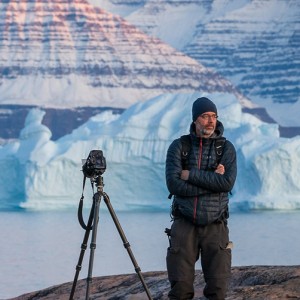
Daniel’s passion for photography began at an early age. He worked as an editorial photographer before committing to nature photography 20 years ago. He has been leading photography tours since long before Iceland became a popular photography destination, and shares his skills through workshops in Iceland, Svalbard, and Greenland in the high Arctic.
Daniel is also passionate about birds. He enjoys photographing them and learning through observation. He is actively involved in conservation and has been on the Board of Directors for BirdLife Iceland for 20 years.Other trips with Daniel Bergmann - Iceland Expert
-
Bryan Shirley
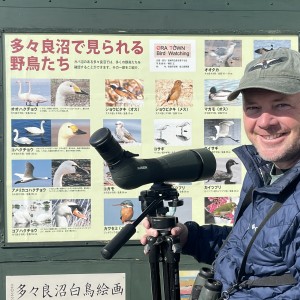
Bryan Shirley graduated from the University of Kentucky with a degree in Japanese/International Economics. He lived in Japan for 3 years when he was 20 and fell in love with the language and culture and has been guiding and birding there ever since. Besides guiding in Japan, he regularly leads tours for Japanese birding groups around the US and other countries. When not guiding he has been involved with various DWR and USFWS projects such as relocating Sage Grouse, breeding bird surveys, and bird-related projects for private environmental consulting firms. He also has volunteered his time to serve as president of Utah County Birders and organizes the annual Audubon Christmas Bird Counts for Provo and Payson, Utah where he currently resides. He currently is a member of the Utah Bird Records Committee.
Other trips with Bryan Shirley
-
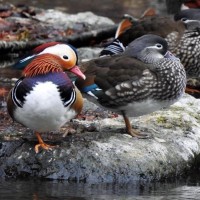 Japan Birding & Nature FULL - See our January departure!December 1 - 17, 2025
Japan Birding & Nature FULL - See our January departure!December 1 - 17, 2025 -
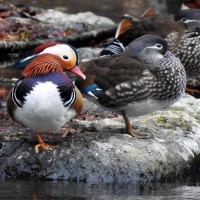 Japan Birding & Nature FULL - Check out Island of Wonder: Birds & Nature of Sri Lanka!January 7 - 23, 2026
Japan Birding & Nature FULL - Check out Island of Wonder: Birds & Nature of Sri Lanka!January 7 - 23, 2026 -
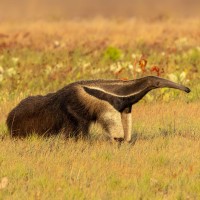 Guyana: Unspoiled WildernessFebruary 12 - 24, 2026
Guyana: Unspoiled WildernessFebruary 12 - 24, 2026 -
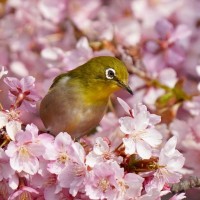 Spring in Japan: The Southern Islands FULL - Check out Island of Wonder: Birds & Nature of Sri Lanka!April 1 - 14, 2026
Spring in Japan: The Southern Islands FULL - Check out Island of Wonder: Birds & Nature of Sri Lanka!April 1 - 14, 2026 -
 Northern Tanzania: Wildlife & Birding SafariNovember 7 - 18, 2026, w/Nairobi & Amboseli National Parks extension
Northern Tanzania: Wildlife & Birding SafariNovember 7 - 18, 2026, w/Nairobi & Amboseli National Parks extension -
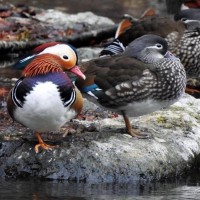 Japan Birding & Nature FULL - Check out Japan in December 2027!January 7 - 23, 2027
Japan Birding & Nature FULL - Check out Japan in December 2027!January 7 - 23, 2027 -
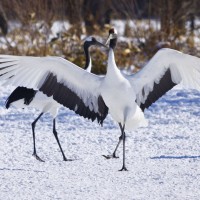 Japan Birding & Nature December 1 - 17, 2027
Japan Birding & Nature December 1 - 17, 2027 -
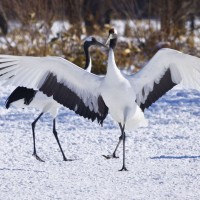 Japan Birding & Nature January 7 - 23, 2028
Japan Birding & Nature January 7 - 23, 2028
-
Essential Information +
Pace & Protocols +
Packing List +
Suggested Reading List +
Useful Links +
Photo credits: Banner: Atlantic Puffin by Greg Smith; Red-throated Loon by Greg Smith; Juvenile Gyrafalcon by Peg Abbott; Merlin by Greg Smith; Orca by Greg Smith; Golden Plover, by Daniel Bergmann; Jokulsarlon, by Daniel Bergmann; Myvatn, by Daniel Bergmann; Red-necked Phalarope, by Daniel Bergmann; Black-tailed Godwit, by Daniel Bergmann; Puffin, by Daniel Bergmann; Common Eider, by Daniel Bergmann; Gyrfalcon, by Daniel Bergmann; Harbour Seal, by Daniel Bergmann; Red-throated Loon, by Daniel Bergmann; Red-necked Phalarope, by Daniel Bergmann; Snow Bunting, by Daniel Bergmann; Barnacle Geese, by Daniel Bergmann; Snaefellsnes, by Daniel Bergmann; Puffin, by Daniel Bergmann; Myvatn, by Daniel Bergmann; Purple Sandpiper, by Daniel Bergmann; Short-eared Owl, by Daniel Bergmann; Black Guillemot, by Daniel Bergmann; Common Eider, by Daniel Bergmann; Godafoos, by Daniel Bergmann; Jokulsarlon, by Daniel Bergmann; Puffin, by Daniel Bergmann; Short-eared Owl, by Daniel Bergmann; Snow Bunting, by Daniel Bergmann;




